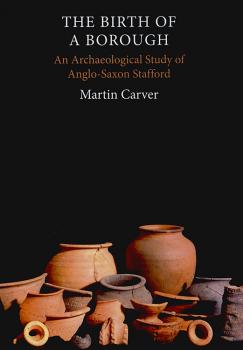Stafford - Birth of a Borough

Publication Year:
2010
The excavation of the fort built by Aethelflaed, Lady of the Mercians in 913AD
The majority of our county towns, and the shires themselves, owe their origins to the campaigns of Alfred and his children Edward the Elder and Aethelflaed, Lady of the Mercians, in the late 9th and early 10th centuries. Stafford is one such town, and the large-scale archaeological examinations undertaken there over the last fifty years have provided an extraordinary opportunity to piece together the history of such a "typical" town. A centre for the delivery of grain tribute, we learn from the Anglo-Saxon Chronicle that the site was commandeered in the tenth century by Aethelflaed in order to construct a burh. This new foundation was a fort, provided with a vicus in which the centralised production of Roman-style pottery ("Stafford Ware") was undertaken and supplied to the chain of west midlands burhs. The case of Stafford has prompted a new review of the origins of county towns as a whole, and the composition of a new model for the birth of the Anglo-Saxon borough on which the local administration of England has ever since been based.


